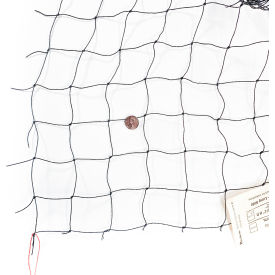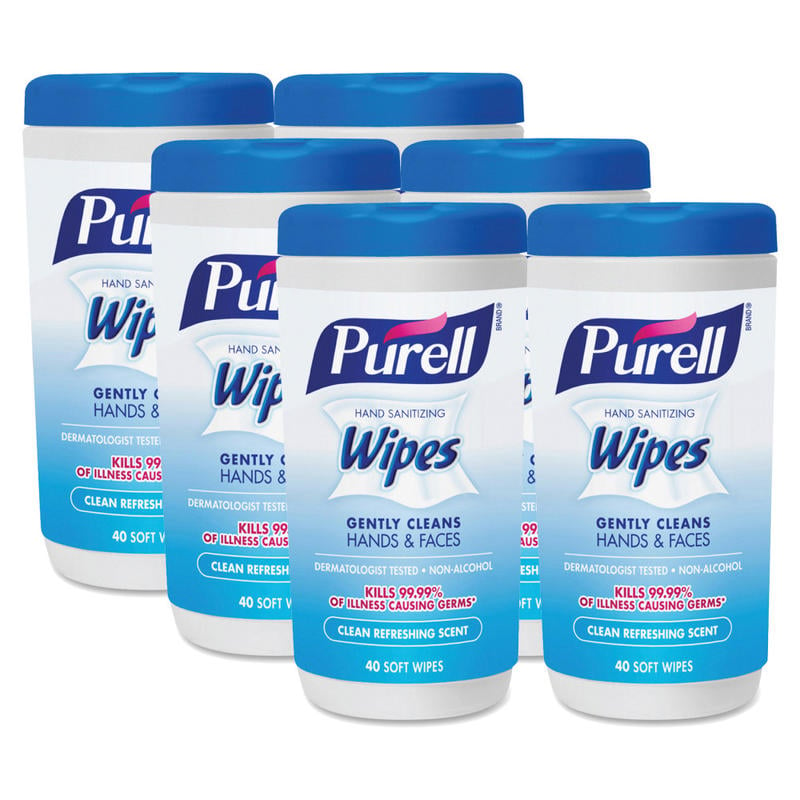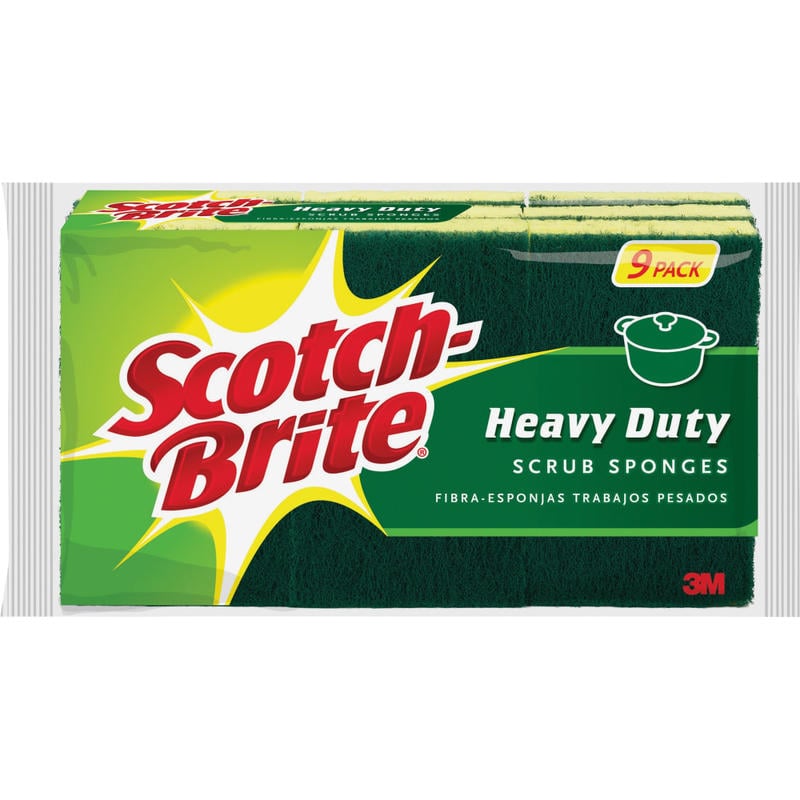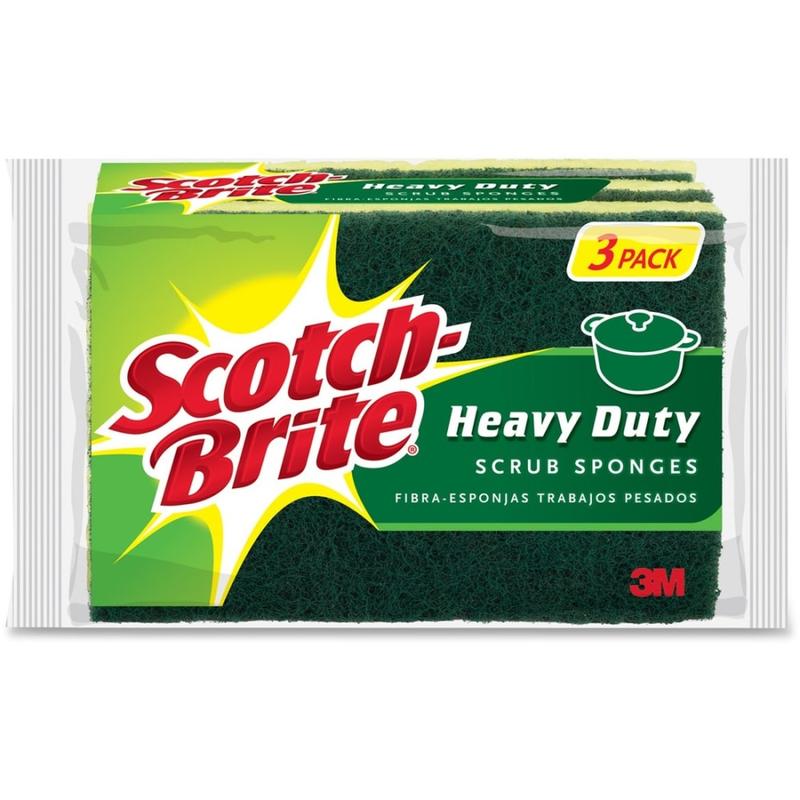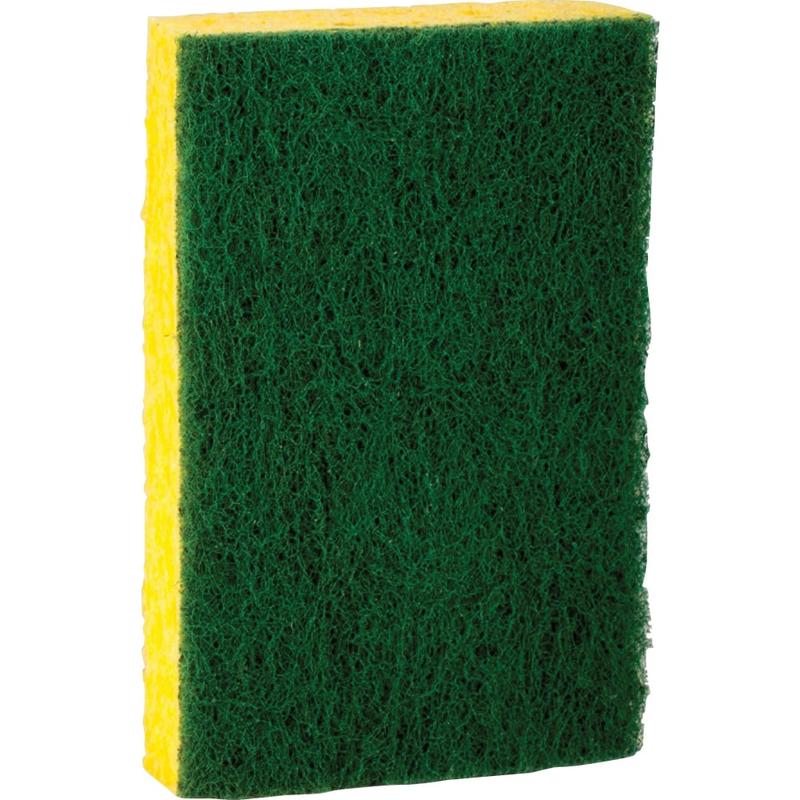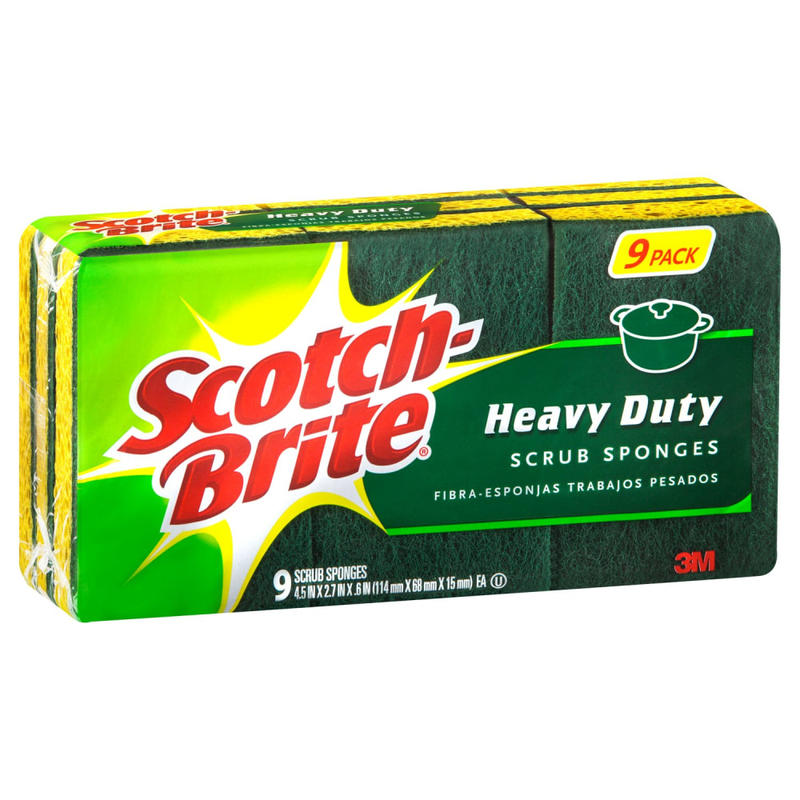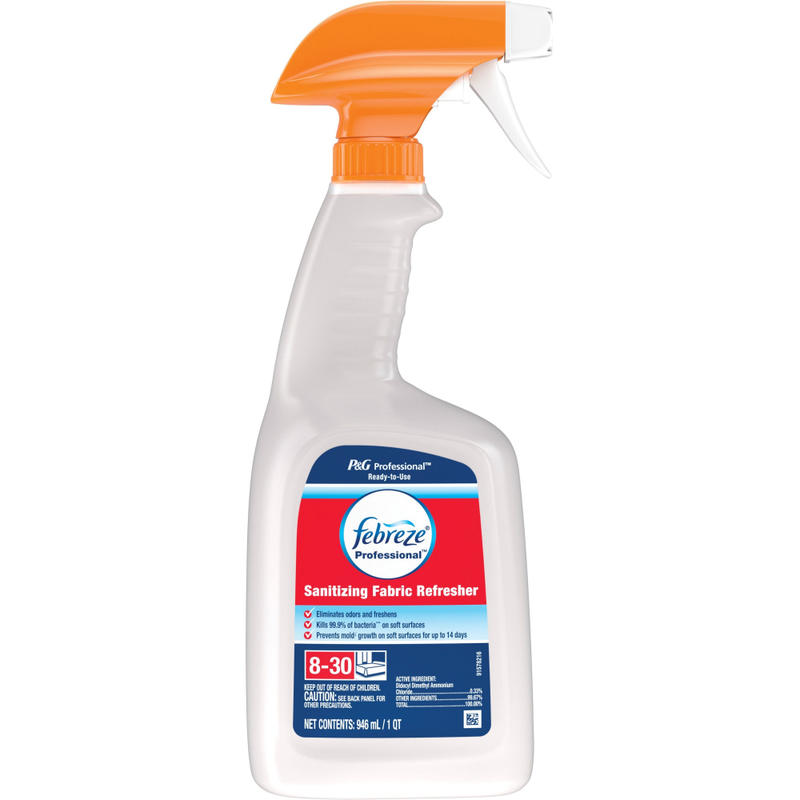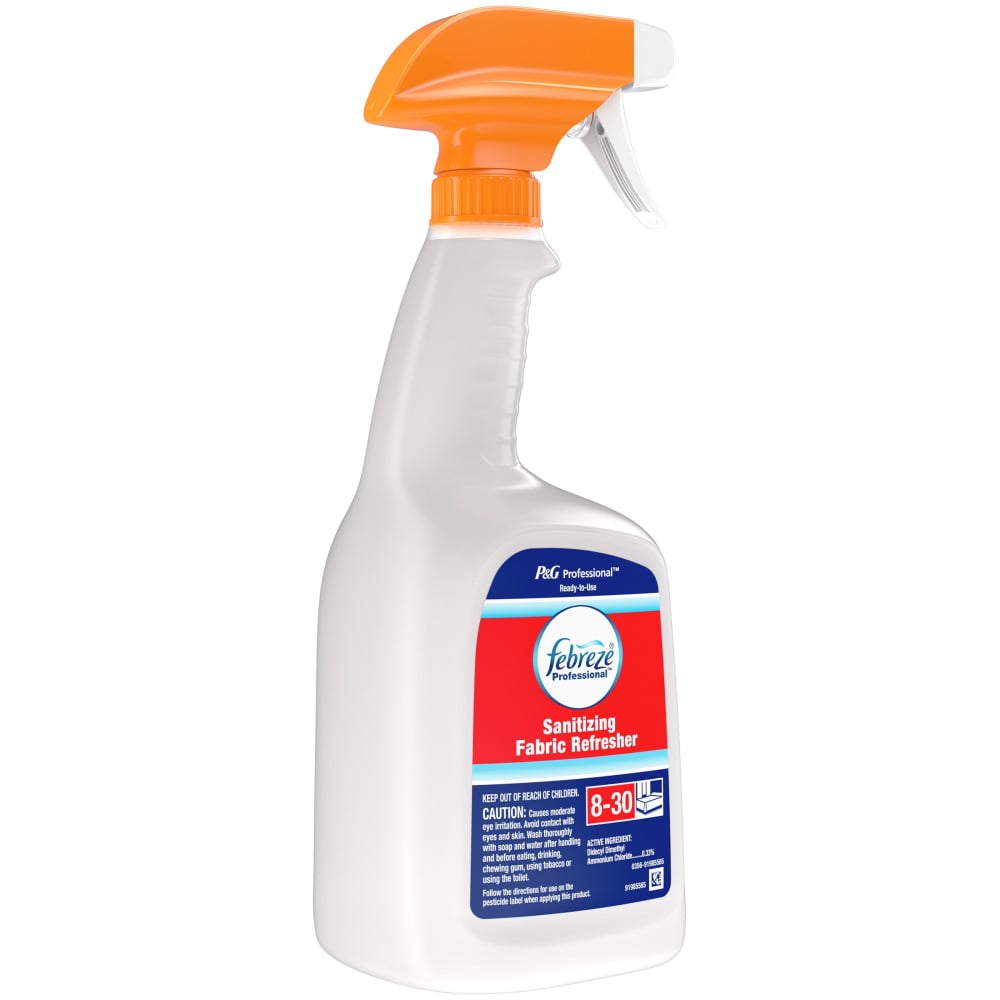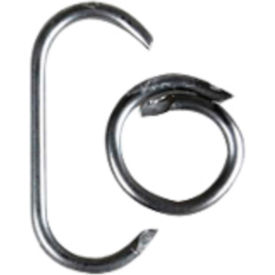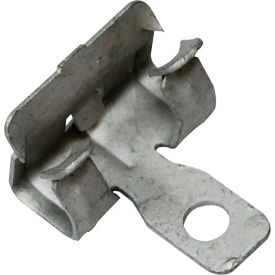The Comprehensive Guide to Pest Bird Management for Facilities: Solutions You Can Trust
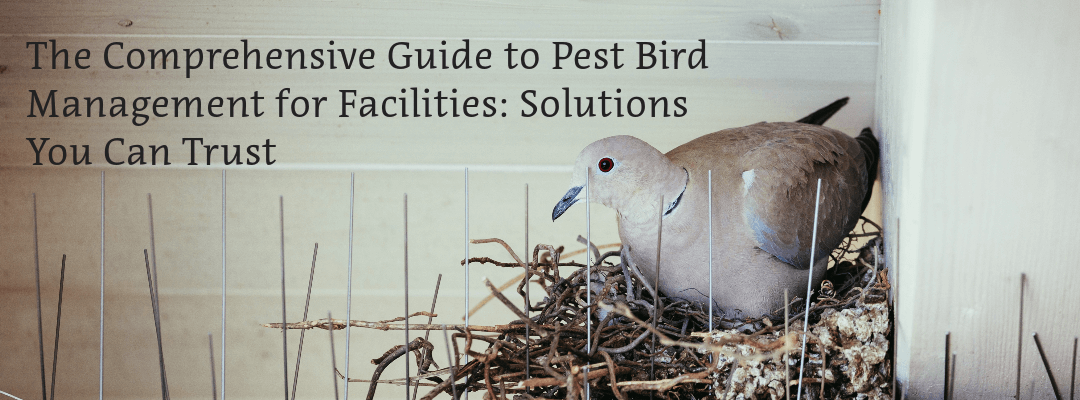
Overview
Pest birds like pigeons, sparrows, and starlings can cause more than just a mess. These feathered foes carry more than 60 different diseases, which can be particularly dangerous if droppings land near HVAC units and get circulated through the air. Beyond health concerns, bird droppings and nesting materials can erode building materials and create an unsightly environment.
If you're dealing with this feathered fiasco, you're not alone. Facility managers across industries struggle with bird control, and it's essential to know how to tackle the problem effectively. In this guide, we'll delve into Integrated Pest Management (IPM) strategies that focus on inspection, sanitation, and exclusion. And we’ll highlight products from various categories on GoVets that can make your bird control strategy a resounding success.
The Importance of Regular Inspections
Before you even think about eviction, you need to identify the culprit. Knowing the bird species you're dealing with is crucial due to legal protections like the Migratory Bird Treaty Act. Regularly check your facility, not only the common areas but also remote sections like the roof, to identify which birds have set up shop. Then, consult a reputable pest control provider to develop a tailored plan for your facility.
-
BIRD BARRIER AMERICASpecial Price $993.79 Regular Price $1882.29This product is sold in increments of 1
-
BIRD BARRIER AMERICASpecial Price $2101.49 Regular Price $3980.29This product is sold in increments of 1
-
BIRD BARRIER AMERICASpecial Price $713.49 Regular Price $1351.49This product is sold in increments of 1
-
BIRD BARRIER AMERICASpecial Price $976.29 Regular Price $1849.29This product is sold in increments of 1
-
BIRD BARRIER AMERICASpecial Price $179.79 Regular Price $340.79This product is sold in increments of 1
-
BIRD BARRIER AMERICASpecial Price $309.79 Regular Price $586.79This product is sold in increments of 1
-
BIRD BARRIER AMERICASpecial Price $457.49 Regular Price $866.49This product is sold in increments of 1
-
BIRD BARRIER AMERICASpecial Price $5833.29 Regular Price $11047.99This product is sold in increments of 1
-
BIRD BARRIER AMERICASpecial Price $836.29 Regular Price $1583.99This product is sold in increments of 1
-
BIRD BARRIER AMERICASpecial Price $1178.79 Regular Price $2232.79This product is sold in increments of 1
-
BIRD BARRIER AMERICASpecial Price $2331.29 Regular Price $4415.49This product is sold in increments of 1
-
BIRD BARRIER AMERICASpecial Price $746.99 Regular Price $1414.79This product is sold in increments of 1
Keep It Clean
Encourage facility occupants to refrain from feeding birds and ensure that all doors and windows are secured to prevent birds from entering. Sanitize any biologically hazardous droppings quickly and safely, always ensuring your team has the proper protective equipment like goggles and respirators.
For your sanitation needs, you can explore GoVets' extensive Pest Control category.
-
GojoSpecial Price $37.49 Regular Price $48.18This product is sold in increments of 1
-
GojoSpecial Price $80.49 Regular Price $108.43This product is sold in increments of 1
-
CloroxSpecial Price $90.49 Regular Price $214.11This product is sold in increments of 1
-
3MSpecial Price $44.29 Regular Price $57.1This product is sold in increments of 1
-
3MSpecial Price $38.49 Regular Price $59.74This product is sold in increments of 1
-
3MSpecial Price $53.79 Regular Price $65.63This product is sold in increments of 1
-
3MSpecial Price $10.49 Regular Price $12.65This product is sold in increments of 1
-
Procter & GambleSpecial Price $17.99This product is sold in increments of 1
-
Procter & GambleSpecial Price $77.29This product is sold in increments of 1
-
CloroxSpecial Price $62.49 Regular Price $83.8This product is sold in increments of 1
-
GojoSpecial Price $20.29 Regular Price $25.26This product is sold in increments of 1
-
BetcoSpecial Price $102.49 Regular Price $128.33This product is sold in increments of 1
Barrier Installations for Bird-Proofing
Birds are creatures of habit. They return to places that offer shelter and food. Installing physical barriers in these areas can be an effective way to deter birds. You can consider options like Roof Fan Bird Screens to prevent nesting near HVAC systems or Burlap Bird Netting for broader applications.
-
BIRD BARRIER AMERICASpecial Price $104.49 Regular Price $197.99This product is sold in increments of 1
-
BIRD BARRIER AMERICASpecial Price $44.29 Regular Price $83.99This product is sold in increments of 1
-
BIRD BARRIER AMERICASpecial Price $115.79 Regular Price $219.49This product is sold in increments of 1
-
BIRD BARRIER AMERICASpecial Price $91.99 Regular Price $174.29This product is sold in increments of 1
-
BIRD BARRIER AMERICASpecial Price $241.79 Regular Price $457.99This product is sold in increments of 1
-
BIRD BARRIER AMERICASpecial Price $185.79 Regular Price $351.99This product is sold in increments of 1
-
BIRD BARRIER AMERICASpecial Price $220.99 Regular Price $418.79This product is sold in increments of 1
-
BIRD BARRIER AMERICASpecial Price $220.99 Regular Price $418.79This product is sold in increments of 1
-
BIRD BARRIER AMERICASpecial Price $289.29 Regular Price $547.99This product is sold in increments of 1
-
BIRD BARRIER AMERICASpecial Price $101.49 Regular Price $192.29This product is sold in increments of 1
-
BIRD BARRIER AMERICASpecial Price $41.29 Regular Price $78.29This product is sold in increments of 1
-
BIRD BARRIER AMERICASpecial Price $18.49 Regular Price $35.29This product is sold in increments of 1
The Right Repellents Make All the Difference
Not all repellents work on all birds. Depending on the bird species, there are different types of repellents available on GoVets, like Bird-X and Pesticides & Repellents. These can range from electronic repellents to more traditional liquid products.
When Repellents Aren’t Enough: The Relocation Route
If the bird infestation is too overwhelming, relocation might be your only option. A professional pest control service can capture and safely relocate the birds. Remember, the sooner you act, the easier it will be to deal with the problem.
Top 10 Other Techniques to Get Rid of Pest Birds
Bird infestations can be a persistent nuisance, causing damage to property and posing health risks. In addition to the strategies mentioned earlier, here are ten more techniques to effectively address the issue of pest birds. These methods encompass a range of preventative and remedial actions, ensuring a comprehensive approach to bird control.
1. Eliminate Feeding and Watering Sources
Birds thrive where food and water are abundant. To discourage them, take measures to reduce available resources. Clean gutters regularly to prevent standing water, and design your landscaping to minimize puddles and ponds where birds can drink. It's essential to avoid spreading bread crumbs or other food snacks on your lawn, as pigeons and sparrows are quick to accept such invitations.
2. Eliminate Roosting Areas
Trim trees and shrubs to ensure they do not touch or overhang your home or other structures. Dense vegetation provides ideal roosting spots for pest birds. Additionally, consider adding physical obstructions like spikes or sticky glues to ledges where birds tend to roost. These deterrents make these surfaces inhospitable to birds and encourage them to seek alternative locations.
3. Remove Nests
Identifying and promptly removing bird nests is a proactive way to manage infestations. Each bird species builds distinct nests, and being able to differentiate between them is essential. It is entirely permissible and advisable to destroy nests, especially when they contain eggs. By preventing nesting, you can disrupt the bird's reproductive cycle and reduce their presence over time.
4. Use Non-Toxic Repellents
Sticky, non-toxic repellents are effective tools to discourage birds from landing and roosting on surfaces. These products can be applied to areas such as ledges, eaves, and beams. While non-toxic, they make perching uncomfortable and convince birds to look elsewhere for a resting spot. Regular maintenance is necessary, as these repellents may collect dust and dirt over time.
5. Hunting/Trapping
While not the easiest option, trapping pest birds can be a viable solution in some cases. Non-lethal funnel traps, spring-loaded net traps, and other devices are available for this purpose. When using traps, ensure they are regularly checked to release any unintended captures, such as non-target birds. For pest species, humane extermination is recommended.
6. Hire a Professional
Seeking the expertise of a pest control professional can be advantageous, especially when dealing with larger populations of pest birds. Professionals have the knowledge, tools, and access to specialized products that may not be readily available to homeowners. They can provide tailored solutions to address specific infestations effectively.
7. Understanding What Causes Pest Birds
To effectively prevent pest birds, it's crucial to understand the environmental factors that attract them. Factors like readily available food, water sources, and suitable nesting sites can draw pest birds to an area. By addressing these root causes, you can create an environment less inviting to these unwelcome visitors.
8. How to Prevent Pest Birds
Implementing the same methods used to get rid of pest birds can also serve as preventative measures. By proactively eliminating food and water sources, securing roosting areas, and removing nests, you can discourage pest birds from taking up residence in your yard or property.
9. Warning: Compliance with Federal Laws
It's essential to emphasize the importance of compliance with federal laws when dealing with bird control, particularly concerning protected bird species. The Federal Migratory Bird Treaty Act safeguards most wild bird species in the United States, making it illegal to harass or destroy their nests. Ensure you are aware of the legal status of the bird species in your area and take appropriate measures to remain in compliance.
10. Local Ordinances and Permits
Before initiating large-scale trapping initiatives or any other bird control methods, it's advisable to check local ordinances and permit requirements. Some communities may have specific regulations governing the removal of pest birds. Understanding and adhering to these local laws is essential to avoid legal issues.
By incorporating these additional techniques and maintaining a proactive approach to bird control, you can effectively address and prevent pest bird infestations, ensuring a more comfortable and safer environment for your property or facility.
In Conclusion
Implementing an effective bird control strategy is crucial to maintaining a safe and healthy facility. With the right combination of regular inspections, proper sanitation, barrier installations, and the use of effective repellents, you can minimize the impact of pest birds on your facility. Check out GoVets for a variety of solutions, including specialized categories like Electronic Pest Repellers and Rodent, Bird & Animal Control for a wide range of reliable options. By taking a proactive approach and leveraging the variety of products available on GoVets, you can tackle your bird issue head-on and ensure a more serene and safer facility.
Product Recommendations:
Here are additional bird control recommendations.
-
BIRD BARRIER AMERICASpecial Price $993.79 Regular Price $1882.29This product is sold in increments of 1
-
BIRD BARRIER AMERICASpecial Price $2101.49 Regular Price $3980.29This product is sold in increments of 1
-
BIRD BARRIER AMERICASpecial Price $713.49 Regular Price $1351.49This product is sold in increments of 1
-
BIRD BARRIER AMERICASpecial Price $976.29 Regular Price $1849.29This product is sold in increments of 1
-
BIRD BARRIER AMERICASpecial Price $179.79 Regular Price $340.79This product is sold in increments of 1
-
BIRD BARRIER AMERICASpecial Price $309.79 Regular Price $586.79This product is sold in increments of 1
-
BIRD BARRIER AMERICASpecial Price $457.49 Regular Price $866.49This product is sold in increments of 1
-
BIRD BARRIER AMERICASpecial Price $5833.29 Regular Price $11047.99This product is sold in increments of 1
-
BIRD BARRIER AMERICASpecial Price $836.29 Regular Price $1583.99This product is sold in increments of 1
-
BIRD BARRIER AMERICASpecial Price $1178.79 Regular Price $2232.79This product is sold in increments of 1
-
BIRD BARRIER AMERICASpecial Price $2331.29 Regular Price $4415.49This product is sold in increments of 1
-
BIRD BARRIER AMERICASpecial Price $746.99 Regular Price $1414.79This product is sold in increments of 1
- Veteran Spotlight
- GoVets Solutions
- Buying Guides & Projects
- Shopping Trends
- Prime Contractor Resources
- Business & Entrepreneur Resources
- GoVets Giving
- Online Security and Shopping Safety
- GoVets Top Selling Products
- Veteran Resources
- Product Spotlights
- Technology Updates
- GoVets Medallion Updates
- Government Updates
- GoVets Capabilities
- Press Releases
- Promotion Updates
- Industry Trends






